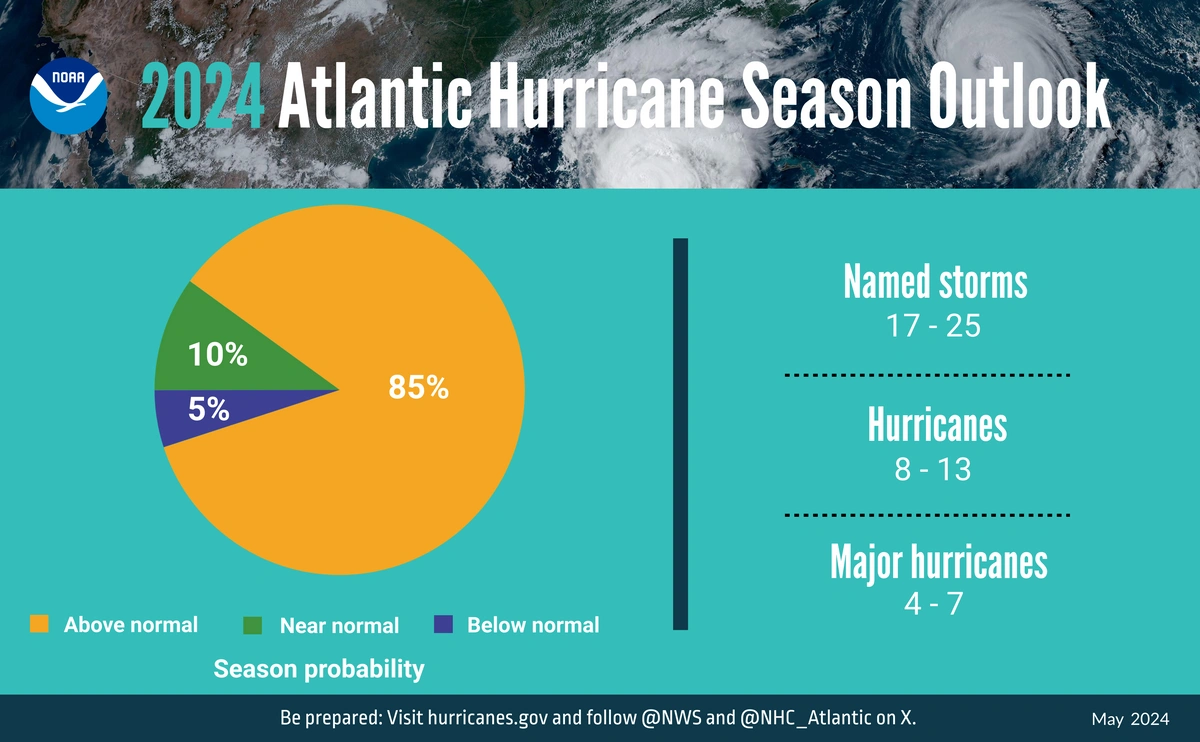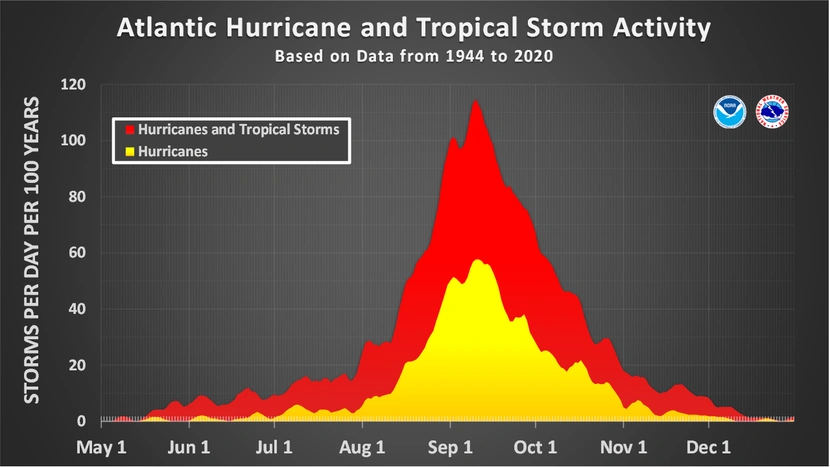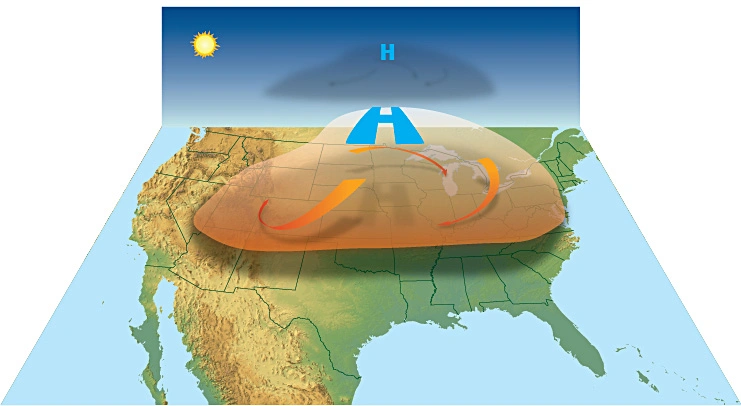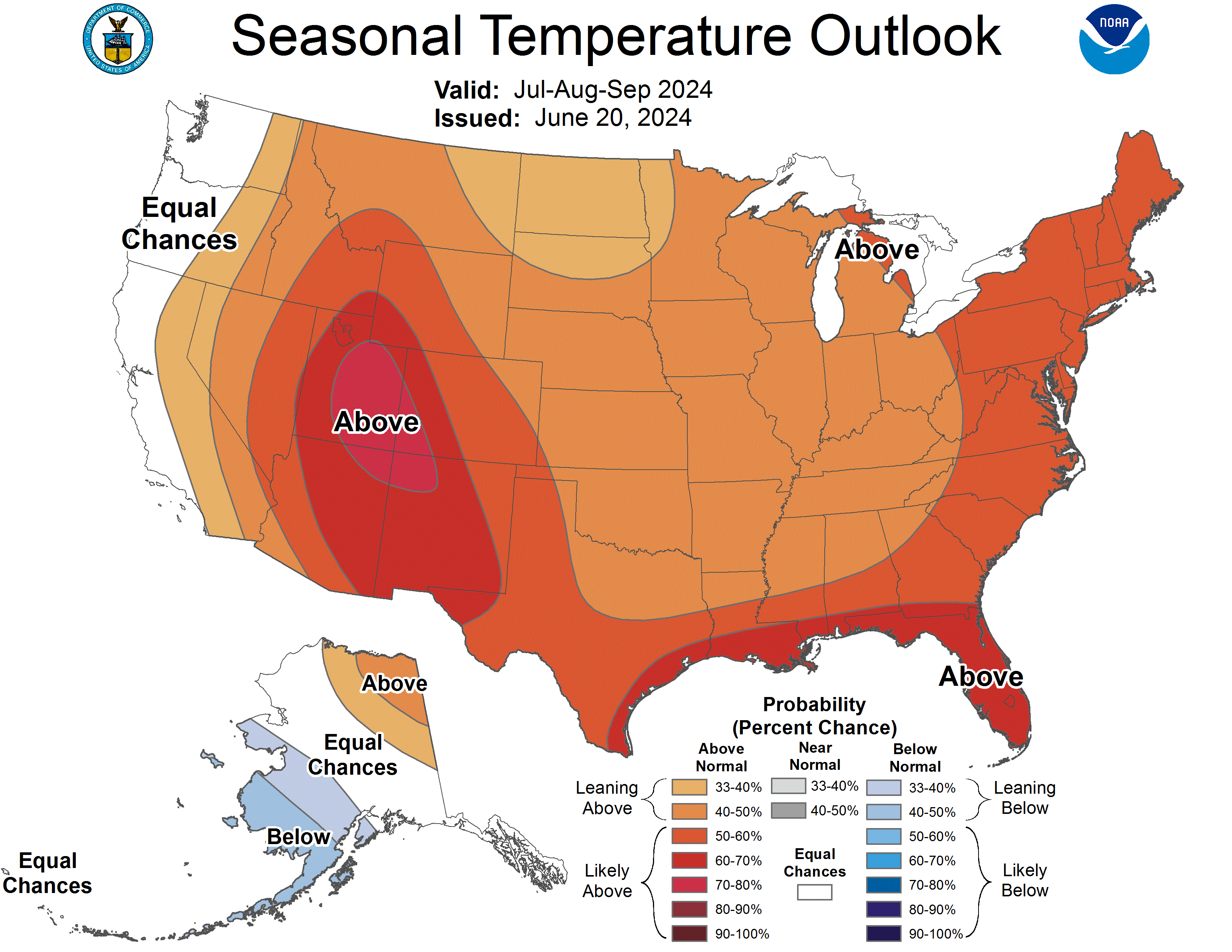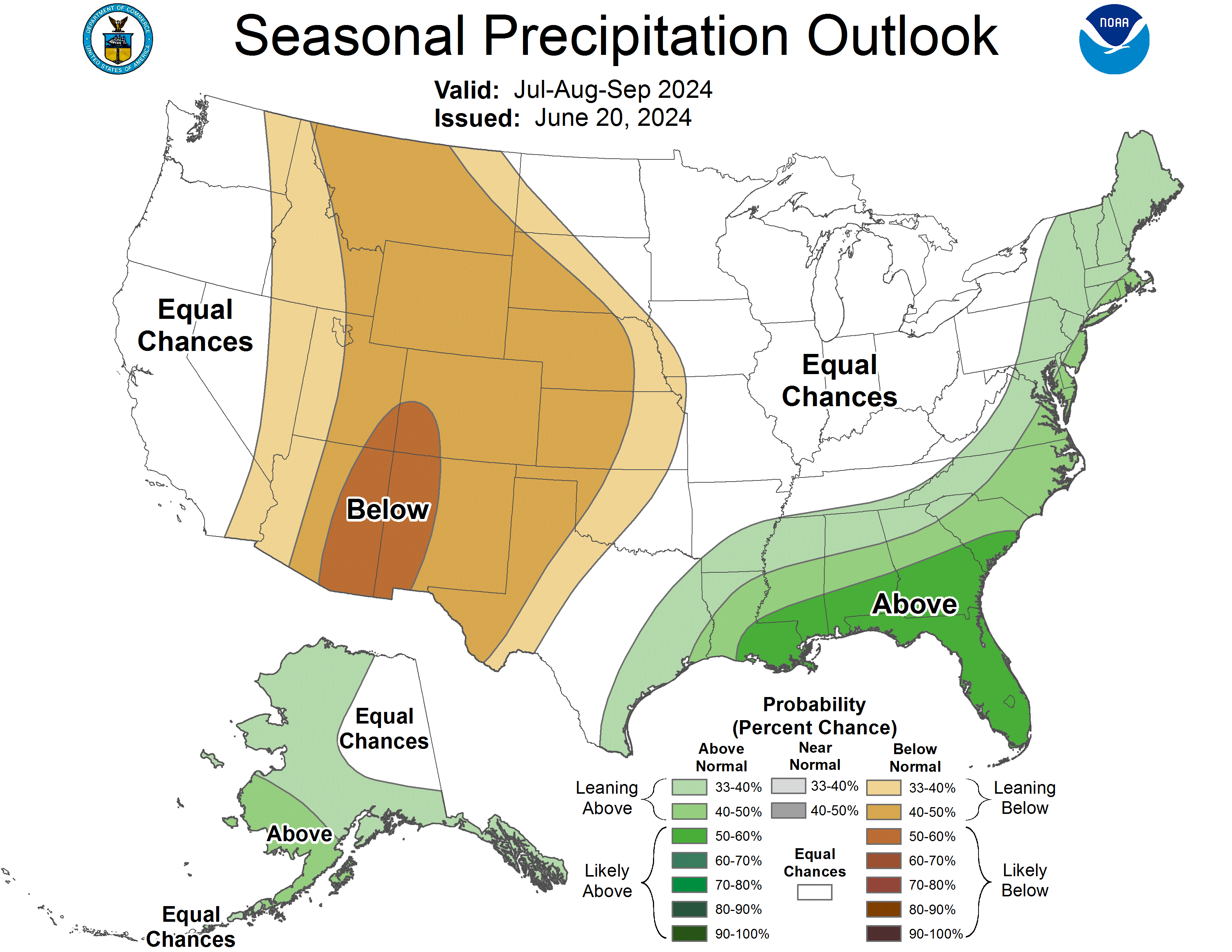
MyRadar
News
—
A Traveler's Guide to the Weather — The South
by Will Cano | News Contributor
7/2/2024
PART 1 – The South
A weatherman’s guide to dealing with the conditions you’ll run across when traveling to the South
Included in this section:
- Eastern Seaboard – Florida East Coast, Carolinas, Georgia
- Deep South – Florida Gulf Coast, Louisiana, Mississippi, Alabama, Arkansas, Tennessee
- Texas – In All of its Glory
Fast Facts:
- Florida had 140.6 million visitors in 2023 (https://www.visitflorida.org/resources/research/research-faq/)
- The U.S. Gulf Coast has 17,141 miles of shoreline (https://coast.noaa.gov/data/docs/states/shorelines.pdf)
- The Outer Banks is home to 5 of the most historic lighthouses in the United States that are spaced over 114 miles (https://blog.twiddy.com/obx-lighthouses/#:~:text=There%20are%20five%20Outer%20Banks,while%20visiting%20the%20Outer%20Banks.)
- Nashville enjoyed 16.8 million visitors in 2023, with more than ever expected this year (https://nastra.org/nashville-tourism-a-record-breaking-year-and-a-bright-future-ahead/#:~:text=According%20to%20the%20Nashville%20Convention,and%2017.5%20million%20in%202025.)
- Texas is the largest state in the U.S. Apart from Alaska, covering over 250,000 square miles (https://comptroller.texas.gov/economy/economic-data/regions/2022/snap-texas.php)
Countless biomes exist across the southeastern United States. From the tropical everglades of Florida to the barren desert of western Texas, from the crowded forests of Alabama to the white sand beaches of the gulf coast, its no wonder why so many people struggle what to include in ‘The South’.
Regardless, its home to some 120 million people – over a third of the United States population. It also racks in tourism year after year, decade after decade.
Unfortunately for any spot in the south, summertime brings with it plenty of hazardous weather that could disrupt travel plans, concerts, or holiday barbeques.
Will I get caught in a hurricane? Will it rain the whole time I’m in Florida? Is Hotlanta too hot to handle? We’ll dive into all the weather expected right here.
Hurricane Season
Hurricane Season typically spans from June 1st to November 30th, but we’ve gotten up and rolling quickly this year. Hurricane Beryl became the earliest Category 5 hurricane in Atlantic history in late June as it churned through record warm waters.
This fast pace is expected to continue. Forecasts from lead researches at NOAA and Colorado State University predict near-historic numbers, forecasting enough tropical storms and hurricanes to run out of names in the designated alphabet.
NOAA's probabilistic outlook for the 2024 hurricane season. The average number of 'Named Storms', 'Hurricanes', and 'Major Hurricanes' are 14, 7, and 3, respectively. National Hurricane Center
This is mainly due to the two factors that a hurricane needs to grow: energy and minimal resistance. The warm sea surface temperature anomalies are supplying plenty of fuel for these storms to feed off as they grow.
In addition, a recent flip to La Niña is occuring, meaning waters cooled over the equatorial Pacific Ocean. This has the downstream effect of less wind shear over the Atlantic Ocean. Wind Shear tears apar hurricanes, so the less there is, the less they have to fight. If you’re looking for a deeper understanding, Dr. Ryglicki has a great explanation below.
While hurricanes survive for hours or even days after making landfall, the region most at risk for damage are coastlines. This is due to storm surge, or the inland shift of the ocean when a hurricane approaches. This wind-driven phenomenon moves the coastline in by ten feet or more at times, and it is the leading cause of deaths in tropical systems.
This year could be especially problematic for the Gulf Coast. The atmosphere’s steering mechanisms are high pressure systems, which cause sinking air and push storms away from them. The Bermuda High is a semi-permanent high pressure located over the Atlantic Ocean, and it steers tropical systems from western Africa all the way to the Caribbean.
The stronger the High, the further west these storms may be pushed. The Bermuda high is currently strong and is forecasted to remain this way for most of the summer.
Regions all across the south should remain on high alert throughout this hyperactive summer. Hurricane season peaks in early September, and is uphill until then.
The peak of hurricane season. National Hurricane Center
Heat and Humidity
‘It’s always hot in the summer’ or ‘this is nothing new’ are common sayings when heat waves welter across the United States. However, not everyone can deal with heat effectively, and certain factors can make a heat wave much worse.
The first few weeks of this summer have seen a ‘heat dome’ set up across the southeastern United States. Heat domes are areas of high pressure that remain over a region for an extended period of time. The sinking air becomes oppressive as it has no where else to go and nothing else to do besides heat up.
A depiction of a so-called 'Heat Dome'. National Weather Service
The heat is not expected to go anywhere anytime soon. Sure, some days will be cooler than others. But as a whole, this summer is expected to be hotter than average across much of the lower 48, including the Deep South and Gulf Coast.
What makes heat worse is humidity, which can always be expected across the south. More water vapor in the atmosphere makes it harder for your body to sweat and naturally cool off. This results in the Heat Index, or 'feels-like temperature', soaring over 100°F.
Make sure to spend plenty of time at the pool or beach on your trip (but, as stated earlier, not during a hurricane).
The temperature outlook over the next three months across the United States. Climate Prediction Center.
Rainfall
Rainfall across the southern US is interesting because it varies greatly by climatology. Florida’s wet season is summer, as pop-up thunderstorms, tropical systems, and Mesoscale Convective Systems (MCS) parade the state. Just two states over, Alabama’s wet season is the winter. In Texas, the most rain falls in spring and fall, leaving summer for blue skies and dry heat.
This can make forecasting seasonal precipitation a challenge. The best thing to do is look at mechanisms that will cause rain over which regions.
One key factor in precipitation is soil moisture. Soil moisture and rainfall are directly correlated (obviously), but many don’t realize that soil moisture can affect precipitation before it falls. Currently, soil moisture is anonymously low in Texas, which may in-turn contribute to below average precipitation. This is at least for the near future.
Along Florida and the Eastern Seaboard, above average rainfall is likely. This can be attributed to the active hurricane season that is expected, with multiple landfalling US storms possible in the region.
Additionally, the early stages of the developing La Niña are at play. Historically, the southeastern United States experiences increased storminess and rainfall when entering a La Niña state.
Once it’s in full swing this winter, however, drier than average conditions will likely prevail. A winter trip to Disney World may prove to be the most fruitful this year.
The precipitation outlook over the next three months across the United States. Climate Prediction Center.
Regardless of your trip date or location, you’ll have a great time exploring the southeast. Just make sure to stay weather aware all summer long.


